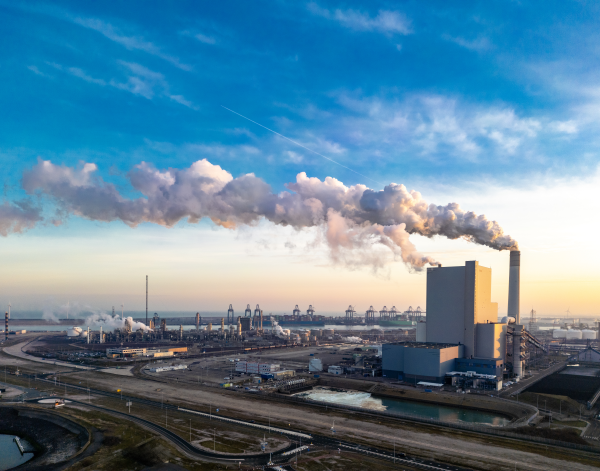Sabancı University’s Istanbul Policy Center (IPC) has released a report titled Turkey’s Decarbonization Roadmap, outlining strategies to reach the country’s 2053 net zero target. The study details greenhouse gas (GHG) reduction scenarios for the 2025-2053 period and calculates that the total investment required is $265 billion. It is also intended to form a scientific foundation for Turkey’s new Nationally Determined Contribution (NDC) to be submitted to the United Nations later this year.
Key emission reduction targets
The report highlights that, with the right policies, Turkey could reduce its GHG emissions by 35 percent compared to 2021 levels, bringing them down to 370 million tons. Carbon emissions specifically could be cut by 40 percent to 277 million tons by 2035, returning national emissions to levels last seen before 2005-2010. According to IPC, such progress is only possible if the country adopts sector-specific measures across energy, industry, transport, buildings and agriculture.

Energy sector: coal phase-out
In the energy sector, one of the most critical steps is the gradual phase-out of coal by 2036. This transformation would be backed by annual investments in approximately 10 GW of wind and solar power and 9 GW of battery storage until 2035. Such changes could lower electricity sector emissions by an average of 6.5 percent each year and achieve an overall reduction of 84 percent by 2053. The cost of this energy transformation alone is estimated at $80.1 billion.
Cement the most challenging sector in industry
For the industrial sector, which includes steel, aluminum, cement, fertilizer, chemicals and textiles, emissions are projected to decline steadily. Under the net zero pathway, industrial emissions could fall by 44 percent between 2025 and 2053. The cement sector poses the greatest challenge due to its high process emissions, while electrification and efficiency improvements are identified as key tools for reducing emissions in chemicals and other heavy industries. Meeting these industrial targets will require an estimated $8.3 billion in investment by 2035.
Share of EVs in transportation needs to increase
The transport sector is responsible for 94 percent of its emissions through road transport. IPC’s scenario foresees a rapid shift toward electric vehicles, greater reliance on rail, and the introduction of hydrogen-powered vehicles, enabling a 52 percent cut in transport emissions by 2053. Although the transformation will require $75.3 billion in investment, phasing out fossil fuels will save the economy $111.9 billion, creating a net financial benefit of $36.5 billion.
Buildings: zero-emission after 2045
The buildings sector is also central to the roadmap. All new buildings constructed after 2025 are expected to comply with the Nearly Zero-Energy Building (nZEB) standard, while existing structures will be gradually renovated. Heating systems will shift from coal to natural gas and eventually to electricity, enabling building-related emissions to fall to zero after 2045. This transition will require a massive investment of $200 billion, the largest single component of the roadmap.
Agriculture: lowering methane
In agriculture, if current practices continue, emissions are projected to rise to 99 MtCO₂e by 2053. Under the net zero pathway, emissions could instead be reduced to 68 MtCO₂e. This would require measures such as expanding biogas use, electrifying farm machinery, improving feed quality and applying genetic improvements.
Outlook
Overall, IPC concludes that Turkey has the potential to achieve substantial emission reductions if it acts decisively between 2025 and 2035. The $265 billion in investments will be spread across all sectors, with the largest share dedicated to buildings, followed by electricity, transport and industry. The roadmap emphasizes that such a transformation will not only move Turkey closer to its 2053 net zero target but also strengthen its economic resilience and competitiveness in the low-carbon global economy.